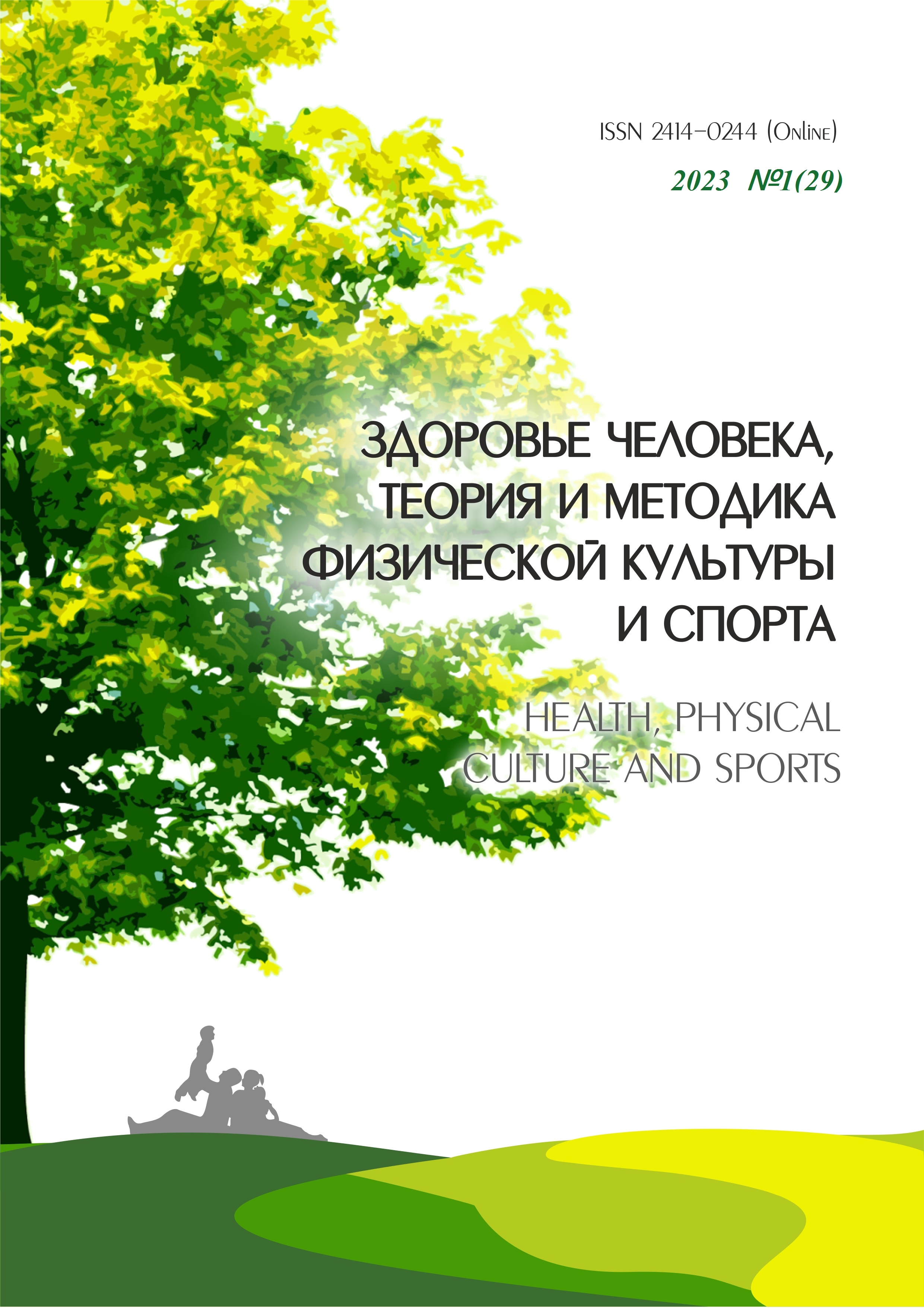DIDACTIC POTENTIAL OF PR MEDIA REPRESENTATIONS
Abstract
PR media representations and television have undeniably contributed to importantchanges in people's lives through the advancement of technology. The aim of this work is to analyzethe didactic potential of PR media representations, as well as the analysis of the didactic potential oftelevision series on various health topics for students of psychology and medicine. Considering thatthis is a review article in which various previous researches will be presented, the basic method willbe content analysis. We will present objectivist and constructionist theories of knowledge and theprocesses underlying their internalization, but also give examples of good media practice and thehigh didactic potential of various media representations of health phenomena.
Downloads
References
of Chicago Press.
Álvarez Rojas, M. i Timón Benítez, L. M. (2010). El cine en la escuela como recurso en el área de
educación visual: aspectos educativos y actividades para su desarrollo en la ESO. Sevilla: Wanceulen
editorial.
Barnet, E. (2007). Dissecting the medical drama: A generic analysis of Grey's Anatomy and House, MD
[dissertation]. Boston (MA): Boston College.
Brady, S. (1992). El uso del video en la enseñanza de los idiomas. U: J. R. Losada Durán (ur.), Actas
del VIII Congreso Nacional de Lingüística Aplicada, Vigo, 169–172. Asociación Española de Lingüística
Aplicada.
Bruffee, K. A. (1999). Collaborative Learning: Higher Education, Interdependance, and the Authority
of Knowledge, Baltimore: John Hopkins University Press.
Burki, T. (2008). Part I: Cancer in continuing dramas. The Lancet Oncology, 9 (4), 328–330.
Canning-Wilson, C. i Wallace, J. (2000). Practical Aspects of Using Video in the Foreign Language
Classroom. The Internet TESL Journal, vol. VI, 11.
Coman, M. (2005). Media Anthropology: An Overview. http://www.media-anthropology.net/coman_
maoverview.pdf
Đurić, D. (2015). Globalizacija, medijski imperijalizam i kompleksna narativnost televizijskih serija.
Zeničke sveske-Časopis za društvenu fenomenologiju i kulturnu dijalogiku, (21), 50–62.
Ferrés, J. (1992). Vídeo y educación. Barcelona: Ediciones Paidós.
Fiske, J. & Hartley, J. (2003). Reading television. London & New York: Routledge.
Hartley, J. (2003). Foreword: “Reading” television studies. In Reading Television. London and New
York: Routledge.
Lonergan, J. (1984). Video in Language Teaching. Cambridge: Cambridge University Press.
McLuhan, M. (2005). Razumijevanje medija. Europski glasnik — Le Messager européen, (10), 151–158.
Meyer, A. J. (1980). Skills training in a cardiovascular health education campaign. Journal of Consulting
and Clinical Psychology, 48 (2), 129.
Kovačević, I., & Brujić, M. (2013). Antropologija TV serija. Nova srpska antropologija. Knj, 10.
Rothman, E. L. (2000). White Coat: Becoming a Doctor at Harvard Medical School. New York, NY:
Perennial
Sánchez Navarro, J. (2006). Narrativa audiovisual. Barcelona: Editorial UOC.
Sarceda Gorgoso, M. C. i Raposo Rivas, M. (2009). Integrando el cine en educación: Razones
normativas y curriculares para su uso en Primaria. U: M. Raposo Rivas (ur.), El cine en educación:
Realidades y propuestas para su utilización en el aula, 39–48. A Coruña: Tórculo Artes Gráficas.
Subotić-Krivokapić, J. (2023). Media representations of persons with miocardial infarction, PhD
[dissertation]. Belgrade: Singidunum Universitu, Faculty of media and communication
Vigotsky, L. S. (1962). Thought and Language. Cambridge, MA: MIT Press
Williams, R. (1973/2003). Television: Technology and Cultural Form, London: Routledge.
Copyright (c) 2023 Health, physical culture and sports

This work is licensed under a Creative Commons Attribution-NonCommercial 4.0 International License.
An author should not normally publish manuscripts describing essentially the same research in multiple journals or publication venues. Such redundant publication is generally considered to constitute unethical publishing behavior, and if discovered may result in a manuscript under consideration being rejected, or a published article being retracted.
Authors of manuscripts reporting on original research should present an accurate account of the work performed, accompanied by an objective discussion of its significance. Underlying data should be represented accurately in the manuscript. The manuscript should contain sufficient detail and references to permit others to replicate the work. The fabrication of results and the making of fraudulent or knowingly inaccurate statements constitute unethical behavior and may be cause for rejection or retraction of a manuscript or published article.





